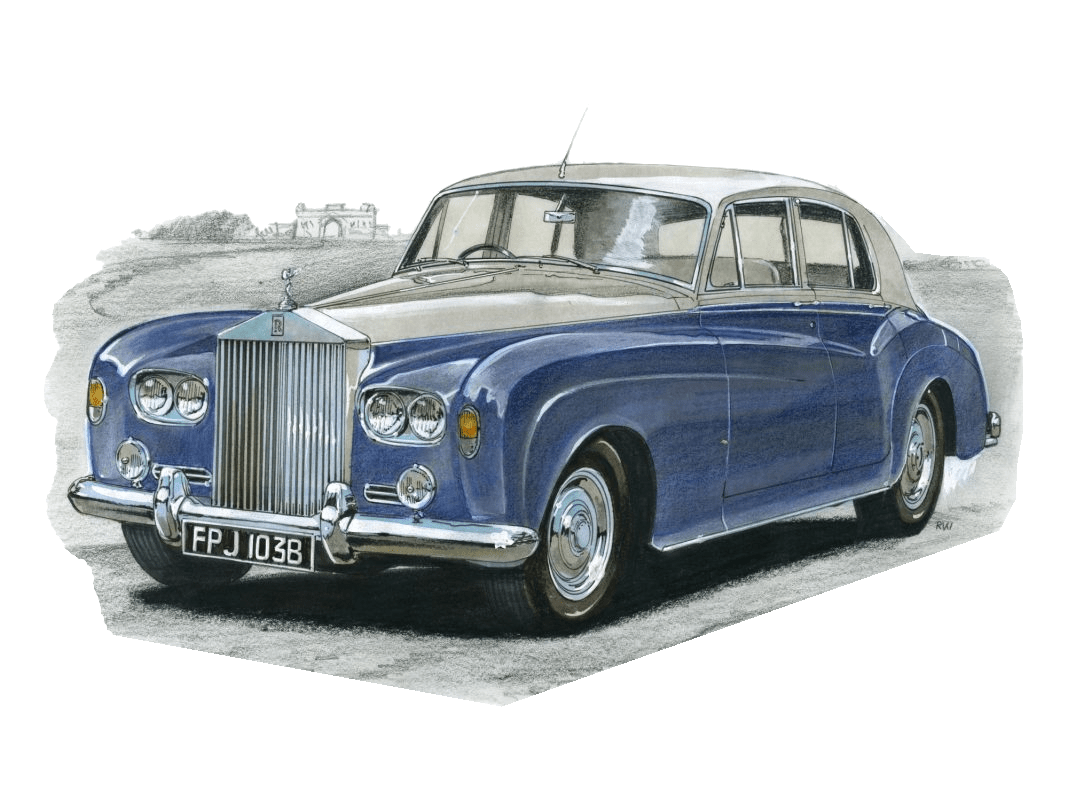
The Rolls-Royce Silver Cloud III is often hailed as the pinnacle of the company’s production period during the final years of traditional automotive design. Despite its luxurious interior and regal design, you may ponder its performance in crash tests or safety assessments. Unfortunately, this vintage car was produced during an era when car safety did not have the meticulous and rigorous standards we see today.
Although the Rolls-Royce Silver Cloud III is an epitome of luxury and comfort, there are no official records or comprehensive data about active crash tests or safety assessments undertaken by the manufacturer. This is because cars produced during that era (1955 – 1966) were not subject to the standardized crash tests that modern vehicles undergo today.
The Silver Cloud III was manufactured during a period when crash testing was not mandatory or even conventional. The first standardized crash test procedures were established in the 1970’s, long after the Silver Cloud III was already in the hands of consumers. Thus, the Silver Cloud III, like other cars of its time, was not tested for frontal impact, side impact, pedestrian safety, or whiplash protection.
However, there are certain inherent safety features in the Silver Cloud III. The luxurious sedan, weighing nearly 2.2 tons, possessed a naturally low center of gravity, which made it less prone to rollovers. The robust design ethos of that era, which used sturdy, heavier materials, also lent the car some level of passive safety due to its strong build. With steel bodies mounted on separate chassis, cars like the Silver Cloud III were arguably better at withstanding impacts than some of the cars that are produced today.
Furthermore, the interior of the Silver Cloud III was so plush and padded that it could potentially offer some cushioning during an accident, but there are no real data or tests to back up this claim.
It should be recognized that this particular car model lacks the intricate safety features that are standard in modern vehicles. For instance, while today’s cars come with seat belts, crumple zones, anti-lock brake systems, airbags, and electronic stability control systems, these features simply were not part of automotive design during the Silver Cloud III era.
In conclusion, while the Rolls-Royce Silver Cloud III remains an iconic symbol of luxury and refinement, it is crucial to understand that it may not meet the safety standards required for modern vehicles. Regardless of seemingly strong build and robustness of design, the lack of legitimate crash test data and the absence of many contemporary safety features create a safety consideration for any potential owner or driver of this classic car. As with any vintage vehicle, the Silver Cloud III is usually admired for its craftsmanship, aesthetics, and historical value rather than its safety characteristics.